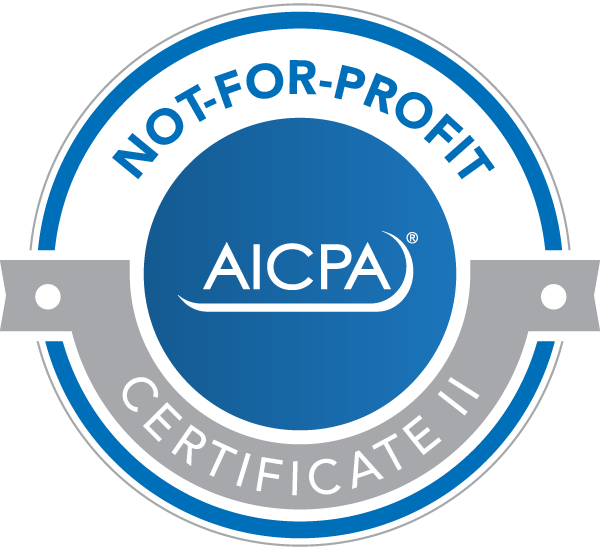Now that most schools are out for the summer, you might be sending your children to day camp. It’s often a significant expense. The good news: You might be eligible for a tax break for the cost.

The value of a credit
Day camp is a qualified expense under the child and dependent care credit, which is worth 20% to 35% of qualifying expenses, subject to a cap. Note: Sleep-away camp does not qualify.
For 2019, the maximum expenses allowed for the credit are $3,000 for one qualifying child and $6,000 for two or more. Other expenses eligible for the credit include payments to a daycare center, nanny, or nursery school.
Keep in mind that tax credits are especially valuable because they reduce your tax liability dollar-for-dollar — $1 of tax credit saves you $1 of taxes. This differs from deductions, which simply reduce the amount of income subject to tax.
For example, if you’re in the 32% tax bracket, $1 of deduction saves you only $0.32 of taxes. So it’s important to take maximum advantage of all tax credits available to you.
Work-related expenses
For an expense to qualify for the credit, it must be related to employment. In other words, it must enable you to work — or look for work if you’re unemployed. It must also be for the care of your child, stepchild, foster child, or other qualifying relative who is under age 13, lives in your home for more than half the year and meets other requirements.
There’s no age limit if the dependent child is physically or mentally unable to care for him- or herself. Special rules apply if the child’s parents are divorced or separated or if the parents live apart.
Credit vs. FSA
If you participate in an employer-sponsored child and dependent care Flexible Spending Account (FSA), you can’t use expenses paid from or reimbursed by the FSA to claim the credit.
If your employer offers a child and dependent care FSA, you may wish to consider participating in the FSA instead of taking the credit. With an FSA for child and dependent care, you can contribute up to $5,000 on a pretax basis. If your marginal tax rate is more than 15%, participating in the FSA is more beneficial than taking the credit. That’s because the exclusion from income under the FSA gives a tax benefit at your highest tax rate, while the credit rate for taxpayers with adjusted gross income over $43,000 is limited to 20%.
Proving your eligibility
On your tax return, you must include the Social Security number of each child who attended the camp or received care. There’s no credit without it. You must also identify the organizations or persons that provided care for your child. So make sure to obtain the name, address and taxpayer identification number of the camp.
Additional rules apply to the child and dependent care credit. Contact us if you have questions. We can help determine your eligibility for the credit and other tax breaks for parents.
- Evaluate whether a Health Savings Account is beneficial to you - September 19, 2023
- Investment swings: What’s the tax impact? - September 12, 2023
- Plan now for year-end gifts with the gift tax annual exclusion - September 5, 2023
- Selling your home for a big profit? Here are the tax rules - August 29, 2023
- The tax consequences of employer-provided life insurance - August 22, 2023









